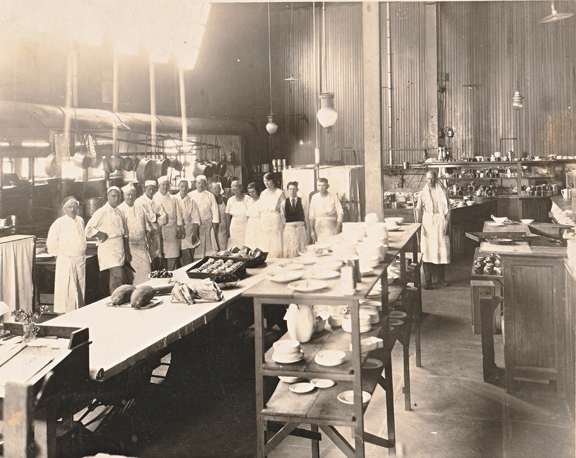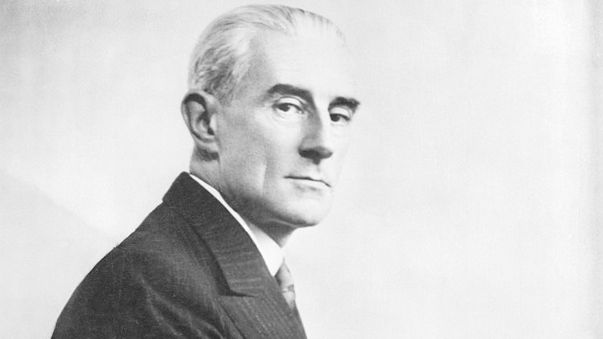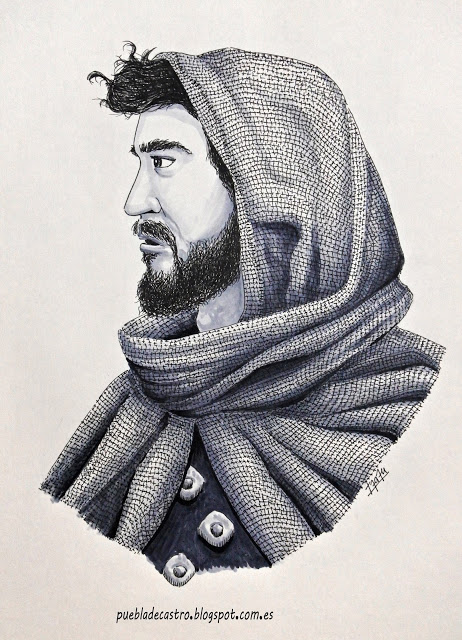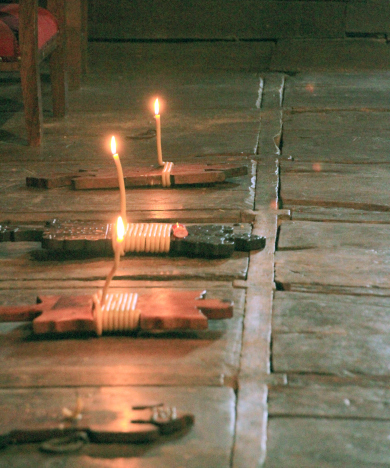I was at Oak Ridge National Laboratory this week, attending a workshop on the Frontiers of Structural Materials (structural materials are all of the things that hold our buildings, power plants, cars, airplanes together and make them perform). I was presenting on our research center FUTURE and how we are developing experimental techniques to understand defects in materials.
Anyways, when I was done speaking, a young guy came up to me and said “Kaixo! Zer moduz?” He had seen my name and, recognizing it is Basque and being Basque himself, decided to introduce himself. A little while ago I wrote about a random encounter in San Antonio where I heard someone speaking Basque and how that is sort of like a secret handshake. Having a Basque name is similar. Most Basque names are so obviously distinct that it is another form of the handshake, of the “secret club.”
Patxi Fernandez-Zelaia is a scientist here at Oak Ridge studying additive manufacturing. Additive manufacturing (AM), more popularly knowns as 3D printing, is a way of making parts, not by machining or cutting away material, but by adding material systematically to the part to form the shape you want. At Oak Ridge, they are doing this at much larger scales than what you typically see in videos and at homes, working to push these techniques so that they can be used, for example, to print turbine blades for airplanes.
The other day I highlighted the story of Gregorio Salegui Urain, who, unlike many Basques, didn’t come to the United States to be a sheepherder, but as a baker and ice cream maker. Patxi’s parents are another example of Basques who didn’t come to be sheepherders. Patxi’s dad, Humberto Fernandez Urquiaga, was a professional pilotari, playing in places like Miami and Connecticut. He and his wife are both from Markina, very close to Munitibar where my dad was from and the same town where my dad’s sister-in-law Rosario is from. One interesting story I got from Patxi: because the jai alai courts were associated with gambling, kids weren’t allowed, so he never got to see his dad play professionally. This video on YouTube highlight’s Urquiaga’s playing career.













